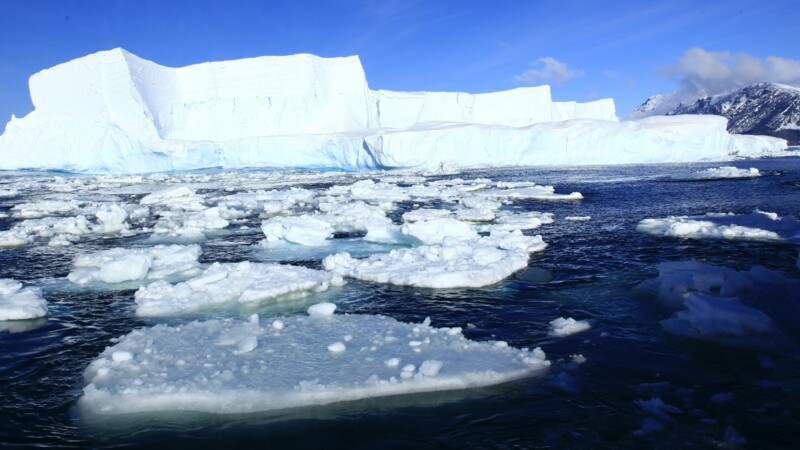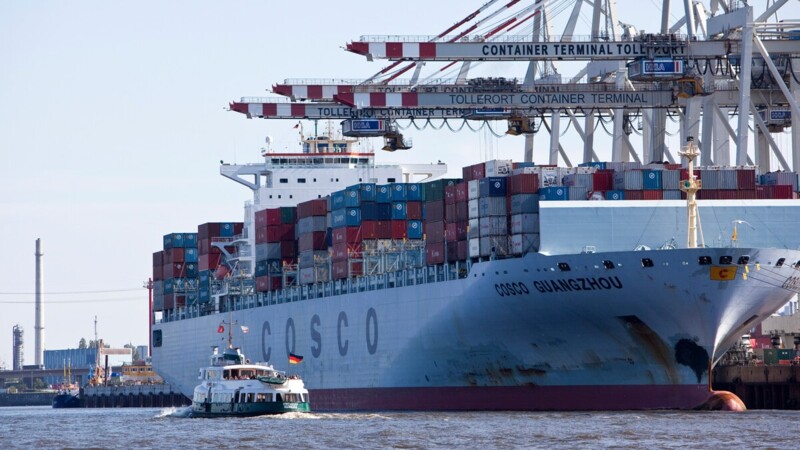"The aim of the project is to reduce emissions, resources and fuel consumption and to increase the efficiency and cost-effectiveness of the ships," said Nils Reimer, project manager at HSVA. To achieve this, artificial ice surfaces will be created in water basins that simulate Arctic summer conditions and the mechanical properties of polar sea ice. "The ships, which usually sail in the Arctic Ocean in summer only, could be designed more efficiently," said Fuchs. Model ships are now being used to determine which combination of hull, engine, gearbox and propeller will consume the least energy. The model ships will be developed this year in the Cluster of Excellence Climate, Climatic Change and Society (CLICCS) at UHH.
The University of Hamburg (UHH) and the Hamburg Shipbuilding Research Institute (HSVA) are set to receive EUR 300,000 in funds from German Ministry of Education and Research for the "Summer Model Ice for Universal Laboratory Applications" (SMILLA) project. The project, which also involves the Hamburg University of Technology, aims to make ships more efficient, climate-friendlier and suitable for warmer conditions in the Arctic. Such ships would consume less fuel consumption and emissions. would be lowered.
Saving emissions, resources and fuel
Focus on climate protection
The SMILLA project is part of the Hamburg Ice Lab platform, which brings together industry and science. In addition to tests for optimising ships, the research also provides data for climate forecasts. The team is also investigating how meltwater ponds on the polar sea ice affect its heat absorption in summer. The results could make shipping climate-friendlier and could be applied to other maritime infrastructure, such as offshore wind farms.
fw/mm/pb
Sources and further information
More
Similar articles

Arctic Ocean to absorb less CO2, study by University of Hamburg finds

Clusters of Excellence at Hamburg University draw interim balance

Maritime Cluster announces nominees for sustainable shipping award
